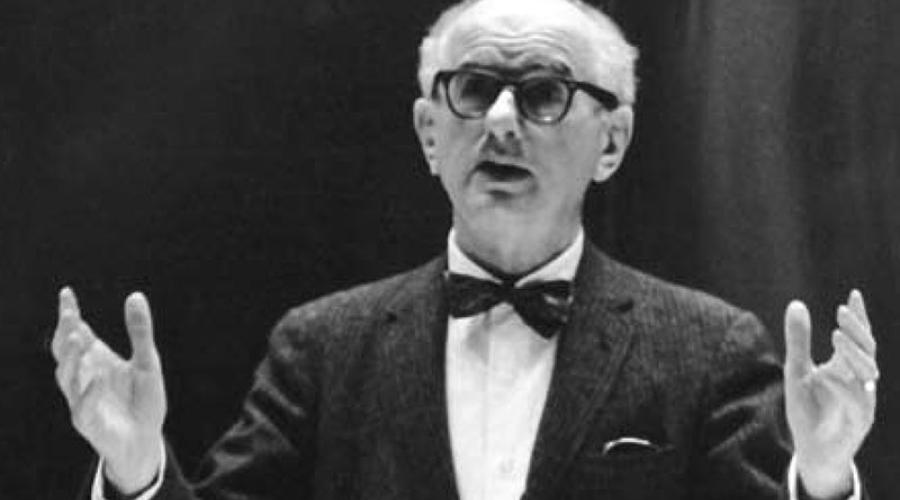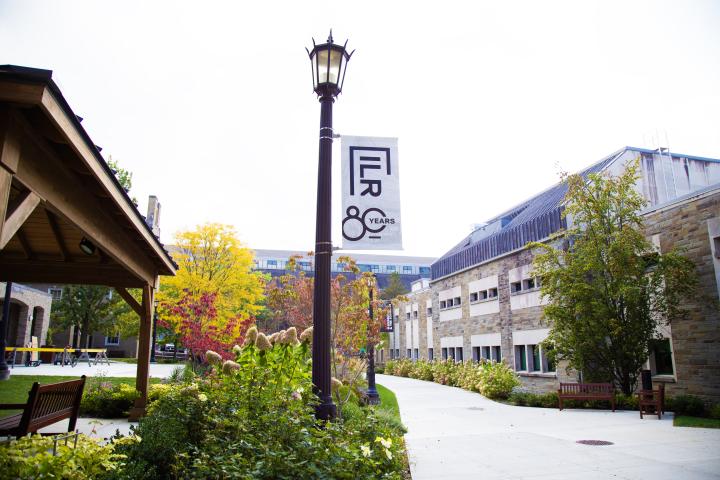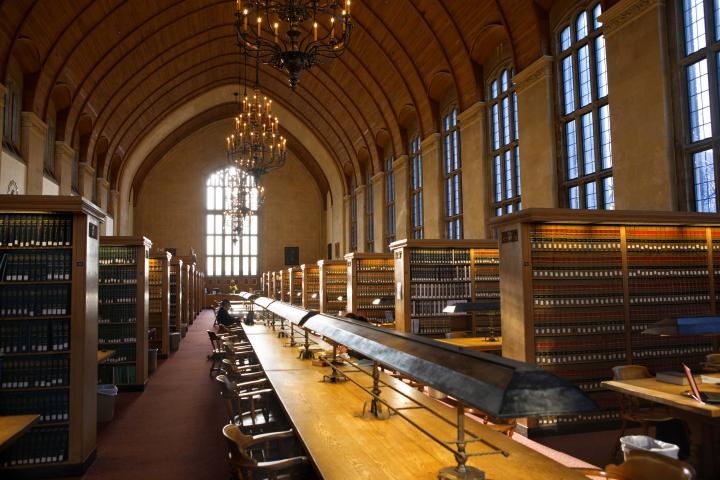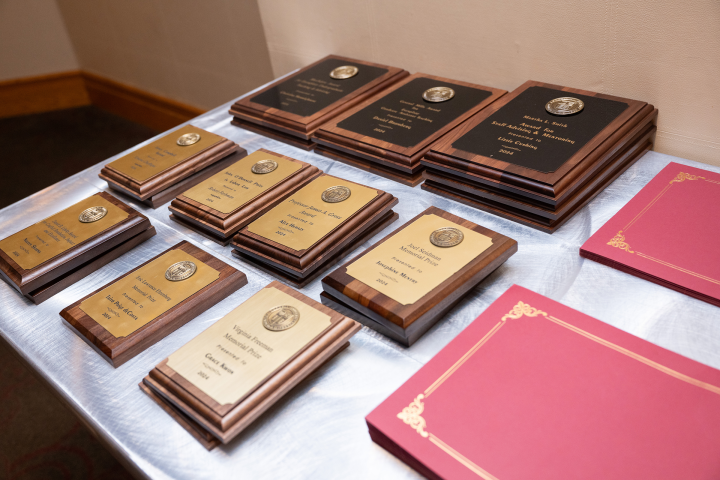
“American Ideals”
“Universals with specifics. Generalities with facts.”
The legendary Professor Milton Konvitz encouraged students to explore the origins of ideals embedded in the U.S. Constitution in order to understand civil rights and civil liberties.
He referenced principles within intellectual history in lectures entitled across swaths of time, from “The Hebrew Bible” to “Antigone” to “Revolution.” He outlined factual situations to which they applied.
Audio from 44 “American Ideals” lectures that many ILR and Cornell alumni say shaped their lives is now available online through DigitalCommons@ILR at http://digitalcommons.ilr.cornell.edu/americanideals/.
The “American Ideals” course was first taught in 1947 by Konvitz, a founding faculty member of the ILR School, which held its first class in 1945.
Curtis Lyons, the Harriet Morel Oxman Director of Cornell’s Hospitality, Labor, and Management Library, said, “The class was famous on campus. Students who could not get into it were known to just sit in on the lectures.”
“You don’t talk to many ILR alums that graduated before 1975 without Konvitz and this class coming up,” he said.
In 1933, Konvitz graduated from Cornell with a doctorate in philosophy. He worked at the NAACP Legal Defense Fund before joining the university, where he taught at the law school and was also founder of Cornell's Department of Near Eastern Studies and of its Program of Jewish Studies.
For decades, Konvitz worked with the Republic of Liberia as it established its laws. He also edited opinions of the Supreme Court of Liberia.
When “American Ideals” inspired similar classes at hundreds of institutions across the country, he said, “I have watched these developments with the greatest satisfaction, but no credit for them belongs to me.”
“I see in these developments a sign of the strength of the human spirit to which the principles of liberty and equality are among the deepest concerns.”
When he gave his last “American Ideals” lecture in 1974, the course had been taken by more than 8,000 students, including U.S. Supreme Court Justice Ruth Bader Ginsburg A&S ’54.
At the end of the lecture, Konvitz called the course “part of the very tissue of myself.”
In keeping the course fresh, Konvitz said he was able to keep himself alive and fresh, noting that “the law of compensation has worked beautifully in this case.”
He ended the lecture by describing himself as “among the most fortunate of men.”


